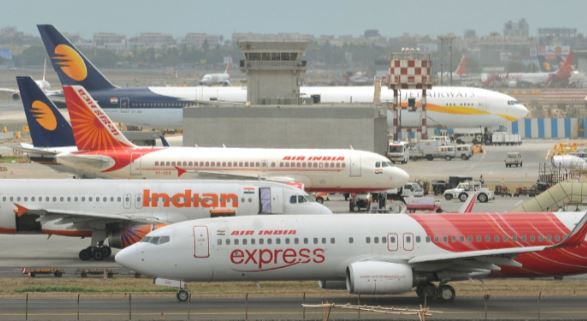Govt has raised fare limits for domestic airlines. In what could make air travel more expensive going ahead, the government has raised the upper and lower limits on fares of domestic flights in the first amendment to the restrictions after they were imposed back in May 2020.
Why did the government impost the fare restrictions in the first place?
Back in May, when the Centre announced resumption of domestic flights after a two-month Covid-19 lockdown, it announced an upper and a lower limit on air fares across seven bands based on flight durations. This was done mainly because of two reasons — the upper bands were put in place so that the consumers do not have to pay lofty fares upon resumption of flights, whereas the lower limit was imposed to prevent tariff wars among airlines on certain routes. The government later also indicated how it was crucial to prevent airlines from getting into tariff wars lest it could have led to bankruptcies in the sector.
The first band is for flights that are of less than 40 minutes in duration. The lower limit for the first band was increased on Thursday from Rs 2,000 to Rs 2,200. The upper limit in this band was set at Rs 7,800, which was Rs 6,000 earlier. The subsequent bands are for flights with durations of 40-60 minutes, 60-90 minutes, 90-120 minutes, 120-150 minutes, 150-180 minutes and 180-210 minutes. The fresh lower and upper limits set by the ministry for these bands on Thursday were: Rs 2,800-Rs 9,800; Rs 3,300-Rs 11,700; Rs 3,900-Rs 13,000; Rs 5,000-Rs 16,900; Rs 6,100-Rs 20,400; Rs 7,200-Rs 24,200, respectively. Under the old fare rules, the lower and upper limits for these bands were: Rs 2,500-Rs 7,500; Rs 3,000-Rs 9,000; Rs 3,500-Rs 10,000; Rs 4,500-Rs 13,000; Rs 5,500-Rs 15,700 and Rs 6,500-Rs 18,600, respectively.
While the government order does not detail the rationale behind the decision, officials have alluded to the rising fuel prices being one of the reasons why the government decided to provide relief to airlines. Effective February 1, the price of aviation turbine fuel was hiked to Rs 53,795.41 per kilolitre in Delhi, which was 6% higher than the month ago period.
What does the change means for air travel?
Even though the fare limits have been increased by up to 30%, most fares are still decided on basis of demand on specific routes. However, it is noteworthy that the government last month allowed airlines to sell only 20% of the tickets below the median fare. Prior to this, airlines were compelled to sell at least 40% of the seats on a flight below the median fare. Therefore, in cases where demand is high, the fares are likely to become more expensive. Also, so far, these fare rules are in force till March 31. Following that, the government may decide to either do away with the restrictions and let the market dynamics decide the fares or take a call on extending these rules.
(With inputs from agencies)

